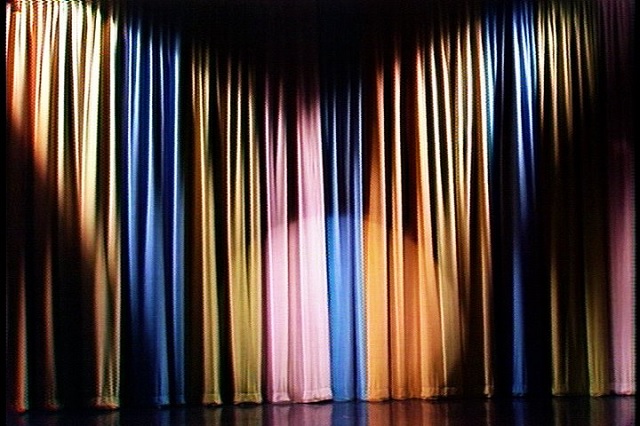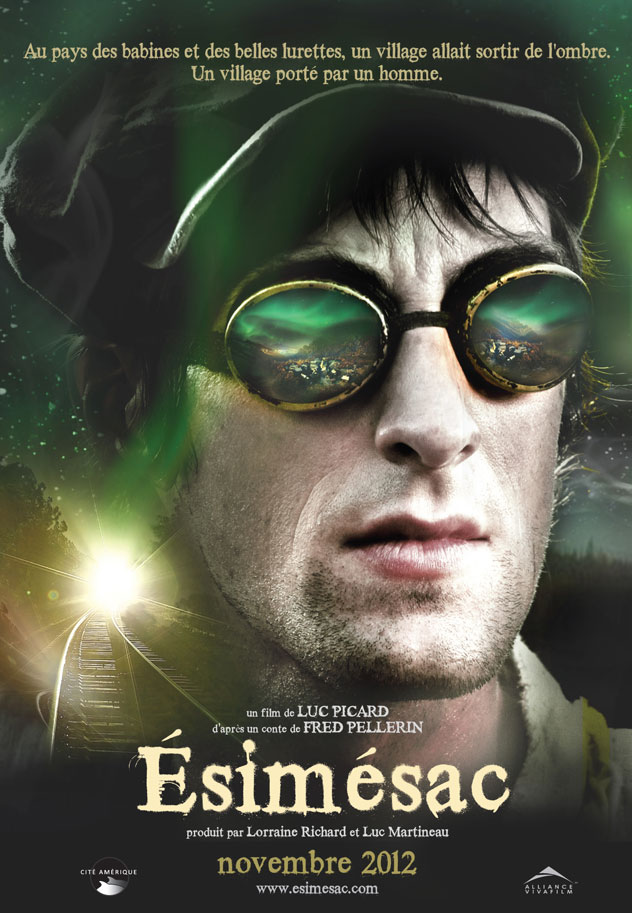
Sherlock, Season 3, Episode 2, “The Sign of Three”
Directed by Colm McCarthy
Written by Steve Thompson
Aired Sunday, 5th Jan 2014 on BBC1
Considering last week’s amazing episode, trying to top last week’s exciting season opener of Sherlock seems like a daunting task. But co-creators Gatiss and Moffatt have taken a slightly different turn in the latest episode, as the dynamic duo of Holmes and Watson is about to change – a change that Holmes probably deduced as soon as he met Mary Morstan.
“The Sign of Three” is based on the Conan Doyle novel “The Sign of the Four”, and sees John Watson get married to Mary with Holmes acting as his best man. But as Holmes begins his dreaded speech, the day takes a sinister turn as it looks like murder is on the cards.
Considering how Sherlock Holmes is perceived as, quite frankly, an emotionless robot, “A Sign of Three” is probably the closest we’ve seen to him being an actual person. From screening Mary’s exes and learning how to fold napkins like the Sydney Opera House to actually conversing and dancing with a woman, he wears his heart on his sleeve while doing something quite out of the ordinary – putting other people first. Cumberbatch plays Holmes with more heart and humour compared to past episodes and the shell-shocked reaction upon learning he is John Watson’s best friend, leading to his performance during what has to be the most frank and brutally honest best man’s speech ever, is classic. Hearing him say such nice things about Watson is almost alien, but it is hard not to ‘awww’ when Holmes gushes about how wonderful he is. The icing on the cake? Holmes playing a violin solo for the couple’s first dance – so simple yet so great.
It is ironic that in an episode where John Watson is the centre of attention, Freeman doesn’t have that much screen time compared to Holmes. However, he brilliantly compliments his partner-in-crime (solving) in a hilarious attempt at the Post-It Game and a memorable bout of drunken detective work, thanks to Sightseers’ Alice Lowe. The fact that he is desperate for a case before his masculinity dwindles under wedding prep decisions shows how much he likes solving crimes and the fact that he is more than a former soldier but also a doctor, essentially reminding Holmes (and the audience) that he is as integral to solving their cases – as his best man nicely puts it, “I will solve your crime but it is John Watson who will save your life.”
Given the various flashbacks in the episode, it is almost like a clip show but only with clips that have not been watched yet. But there are references from previous episodes and Conan Doyle a-plenty here. From “A Scandal to Belgravia“ (Holmes’ drunken boast, “I know ash!” and the alluring Irene Adler makes a brief, nude appearance) and the Dwarf Assistant in “The Sign of the Four” (“Poison Guard” blog post), it is these little details that makes Sherlock special.
The inclusion of Major Sholto serves as a reminder of Watson’s military past and the personal connection with him echoes his current friendship with Holmes and the fact he is able to avert a crisis with a few choice, yet sensitive, words, shows how much he has changed since he faked his death and cut himself off from his closest friends.
Director McCarthy certainly shows more flair in displaying Holmes’ incredible logic and it has a less intense pacing compared to “The Empty Hearse“, but seeing the Hearse had so much anticipation before it, ‘A Sign of Three’ is similar to a lovely stroll compared to a hasty sprint. Definitely the most heartfelt episode of all three seasons and with Holmes’ last vow gracing his lips at the wedding reception, the stage is set for the introduction of the ‘Napoleon of blackmail’, Charles Augustus Magnussen…





